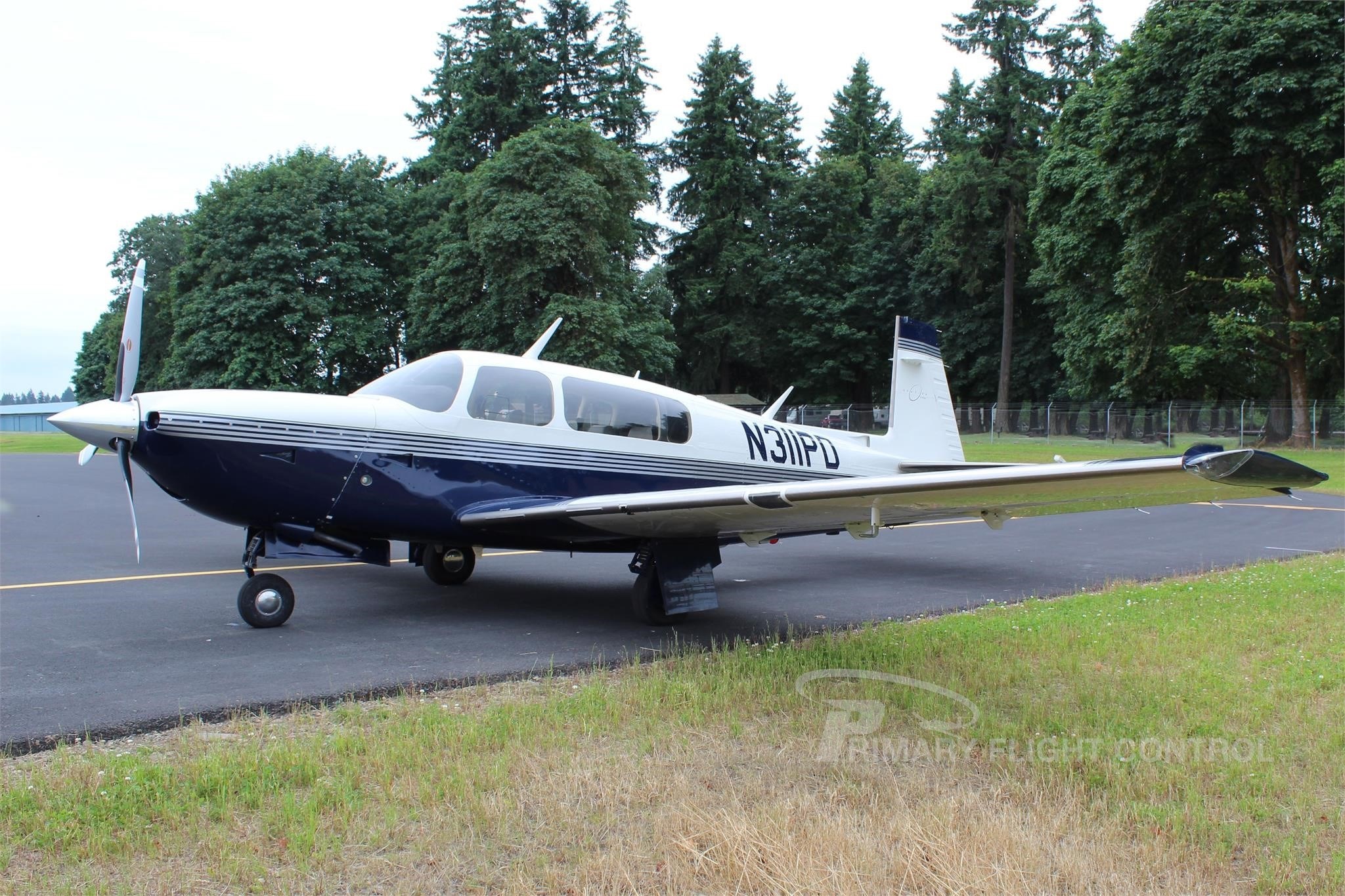The 10-Minute Rule for "The Future of Light Aircraft Technology: What's on the Horizon?"

The Evolution of Light Aircraft: From Pioneering Designs to Modern Innovations
Light plane have come a lengthy way since their humble starts in the early 20th century. These little, flexible aircrafts have played a essential job in flying background, coming from pioneering layout that pressed the boundaries of tour to modern-day technologies that have transformed the technique we journey. In this post, we are going to check out the evolution of light aircraft, highlighting essential turning points and innovations that have shaped their design and performance.
The beginnings of lightweight plane can easily be traced back to the very early times of aeronautics when innovators and aficionados looked for to overcome the heavens with their flying equipments. One such trailblazer was Orville Wright, who helped make background with his successful air travel at Kitty Hawk in 1903. The Wright brothers' aircraft, understood as the Wright Flyer, was a biplane along with a wingspan of 12.3 gauges and a weight of all around 340 kilograms. While it may seem to be primitive through today's standards, this introducing design put the base for potential developments in lightweight aircraft.
Throughout the early 20th century, designers and designers experimented with different configurations and products to improve upon existing concept. One distinctive instance is the Piper J-3 Cub, offered in 1937 by American maker Piper Aircraft. The Cub featured an all-metal airframe and became hugely well-liked due to its affordability, stability, and ease of use. It participated in a important duty during World War II as a coach for military pilots.
Developments in modern technology during the mid-20th century led to significant remodelings in lightweight airplane performance and security. The intro of more effective engines made it possible for these airplanes to fly a lot faster and higher than ever before before. In addition, advancements such as retractable landing equipment and improved aerodynamics boosted stability and management during trip.
One iconic example of this age is the Cessna 172 Skyhawk, first soared in 1955. The Skyhawk swiftly became one of the very most prosperous light airplane designs in past history, along with over 44,000 systems produced to date. It featured a high-wing arrangement, four seats, and a reliable piston engine. The Skyhawk's flexibility and convenience of procedure made it a popular choice for private flies and trip colleges.

In recent decades, advancements in components, avionics, and power systems have even further changed the world of lightweight airplane. Try This of composite products, such as carbon fiber-reinforced polymers, has led in lighter and more powerful airframes. This not only enhances energy effectiveness but additionally boosts efficiency and protection.
The integration of sophisticated avionics has transformed cabin instrumentation and navigation capacities. Glass cabins along with electronic air travel screens have switched out traditional analog scale, supplying captains with extra accurate and detailed info at their fingertips. GPS navigation devices have additionally ended up being typical tools in modern light plane, making it possible for for accurate route planning and navigation.
An additional substantial growth is the introduction of power propulsion systems for light airplane. Electricity electric motors deliver numerous perks over standard piston engines, including lessened sound amounts, lower operating costs, and ecological sustainability. While power airplane are still in the early phases of growth and adoption due to limits in battery modern technology, they keep excellent guarantee for the future of air travel.
In verdict, the evolution of lightweight aircraft from pioneering layout to modern innovations has been steered through a blend of technological developments and the requirements of aviators and operators. These little aircrafts have happen a long way since their inception at Kitty Hawk over a century earlier. Along with each brand new concept version happens improved performance, protection component, and functional productivity. As we look ahead to the future of light airplane technology, one can easily merely envision the stimulating probabilities that are located in advance.
Word matter: 579
